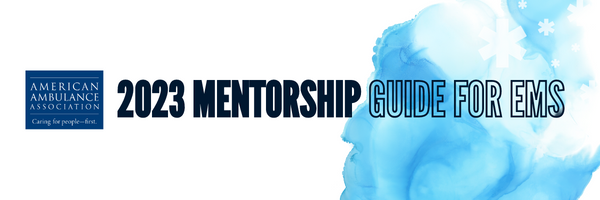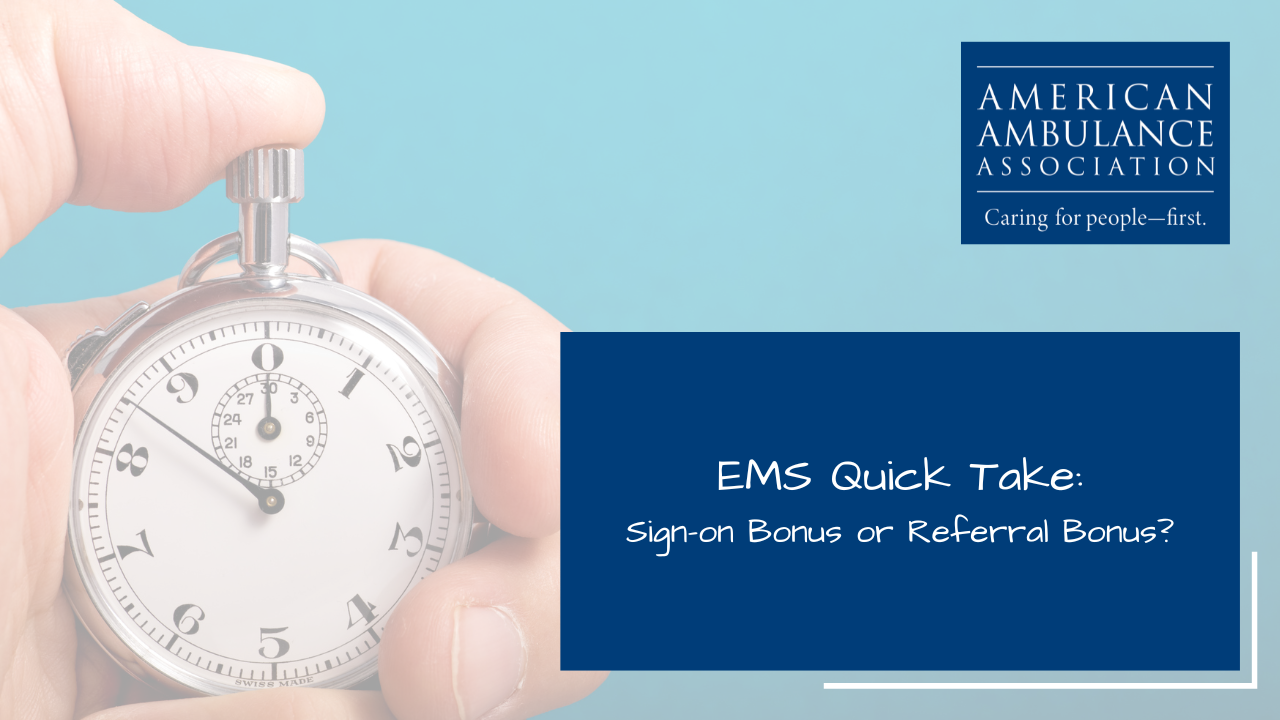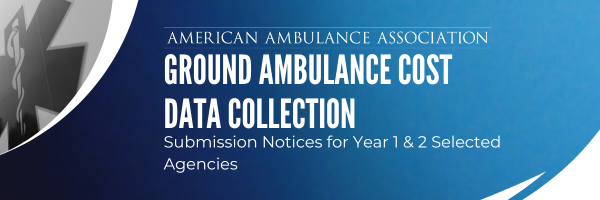2025 EMSNext Recipients Announced
FOR IMMEDIATE RELEASE
Contact:
Samantha Hilker
Sr. Director of Strategic Initiatives
shilker@ambulance.org
American Ambulance Association Announces 2025 EMSNext Winners
Washington, D.C. – The American Ambulance Association (AAA) is proud to recognize its third annual class of EMSNext honorees. EMSNext is a groundbreaking initiative that spotlights emerging emergency medical services (EMS) leaders and offers them leadership development, structured mentorship, and collaborative networking opportunities throughout the year. These 16 outstanding individuals from 10 states join a growing network of 54 EMSNext program alumni poised to assume prominent leadership roles in the profession.
“We are incredibly proud to welcome the 2025 class of EMSNext,” said AAA President Jamie Pafford-Gresham. “Their passion, dedication, and leadership inspire us all and promise a brighter, more resilient future for EMS. Together, they will stand at the forefront of mobile healthcare excellence for patients across the nation—now and in the future.”
- Oluwafemi “Daniel” Adebisi | Commercial Project Manager, Falck USA | California
- Nancy Chustz | Communications Operations Manager, Acadian Ambulance Service | Louisiana
- Rebekah Cummings | Operations Coordinator, Acadian Ambulance Service | Louisiana
- Cassandra Ewig-Bruss | Scheduling Coordinator, Bell Ambulance | Wisconsin
- Ryan Felshaw | Operations Manager, MedicWest Ambulance | Nevada
- Damian Gonzales | Deputy Director of Operations, Mecklenburg EMS Agency (MEDIC) | North Carolina
- Gavin James Hall | Education & Quality Manager, Pafford Emergency Medical Services, Inc. | Louisiana
- William Hardy | Critical Care Paramedic, American Medical Response | Tennessee
- Matthew Herman | Data Analyst, Costal Medical Transportation Services | Massachusetts
- Michael Kaduce | Director, Falck Health Institute | California
- Matthew Lewis | EMT Supervisor, Bell Ambulance | Wisconsin
- Amanda McQuistian | Operations Director, Lifecare Medical Transport | Virginia
- Shane Ryan | Administrative Operations Manager, Falck | California
- Maeve Shannahan | Emergency Medical Technician, Grady Emergency Medical Services | Georgia
- Heather Stenbroten | Administrative Director, Gold Cross Ambulance Service, Inc. | Wisconsin
- Heather Zimmerman | CFO & HR Manager, Ambulance Service of Manchester, LLC & Aetna Ambulance Service, Inc.| Connecticut
2025 EMSNext honorees receive complimentary registration to the American Ambulance Association Annual Conference & Trade Show in Lexington, KY June 22-24. They will be recognized at the conference’s opening keynote address on Sunday, June 22, 2025, in addition to participating in a collaborative workshop focused on solving the biggest challenges in out-of-hospital care.
“The EMSNext program is an investment in the future of our profession,” adds Pafford-Gresham. “By fostering leadership and innovation, we are strengthening EMS from the ground up, ensuring our communities continue to receive the highest quality emergency medical care.”
About the American Ambulance Association
The American Ambulance Association safeguards the future of mobile healthcare through advocacy, thought leadership, and education. AAA advances sustainable EMS policy, empowering its members to serve their communities with high-quality on-demand healthcare. For more than 40 years, AAA has proudly represented those who care for people first.

















